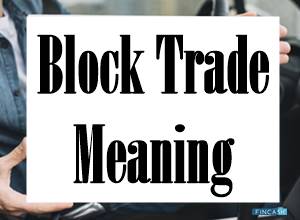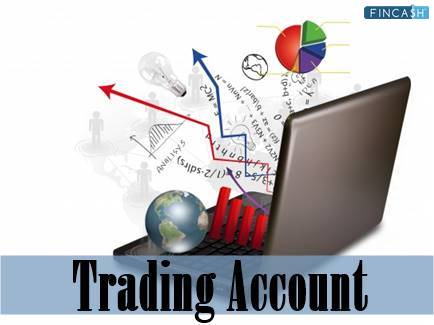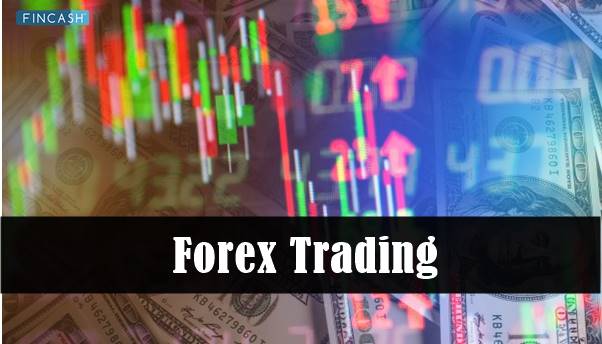
Table of Contents
Block Trade
Block trade is the term used to define the purchase and sale of a large volume of shares and other financial instruments. Block trade is when a large number of equities are being traded between two parties. In order to reduce the effect of the price of the securities, people execute block trades outside the open Market. It includes approx 10,000 shares, excluding the penny stock.

However, it could be a lot larger than the 10,000 shares. Considering the large size of the block trades, it goes without saying that the investors do not get involved in such arrangements. It mainly takes place when the institutional investors purchase and sell a large volume of shares and securities through intermediaries.
As mentioned earlier, the block trade is mostly conducted outside the open markets. However, if it takes place within the Open Market, then there is a good chance the transaction will lead to large fluctuations in the volume of trade. It might also affect the market price of the securities. This is one of the common reasons why block trade mostly takes place via an intermediary. Usually, the investment Bank would purchase and sell the smaller amount of trades without any intermediately. That is, however, not the case with the block trade.
Understanding Block Trades
Block trade takes place via an intermediary via the blockhouse. These companies have a better understanding of the large trades, and they are well-familiar with the techniques of organizing these trades properly. They know how to initiate the transaction in such a way that it does not lead to sudden rise and fall of the prices of the Bonds and securities in the market.
When a reputable firm or an institution plans on starting a block trade, they contact one of the members of the blockhouse who will assist them in finding a suitable deal. As soon as they place the order, the staff working at the blockhouse will reach out to the brokers that deal with the particular types of securities requested by the institution. The brokers complete the order by connecting with reputable vendors. Let’s understand the concept with an example.
Talk to our investment specialist
Example of the Block Trades
Suppose the hedge fund has to trade more than 100,000 shares of a reputable organization at a price of $10. While the company could have a large Capital, the transaction is pretty large for any company. It can be a million-dollar transaction. With that being said, there is a very high chance the prices of the stock will be pushed down significantly if the trade takes place.
In addition to that, the size of this order implies that the transaction will not be executed at a reasonable price. To prevent such a situation from arising, the hedge fund could connect with the blockhouse for assistance. The brokers working at the blockhouse will break this large trade into small and manageable parts. This will help process the block trade while bringing the Volatility down.
All efforts have been made to ensure the information provided here is accurate. However, no guarantees are made regarding correctness of data. Please verify with scheme information document before making any investment.











